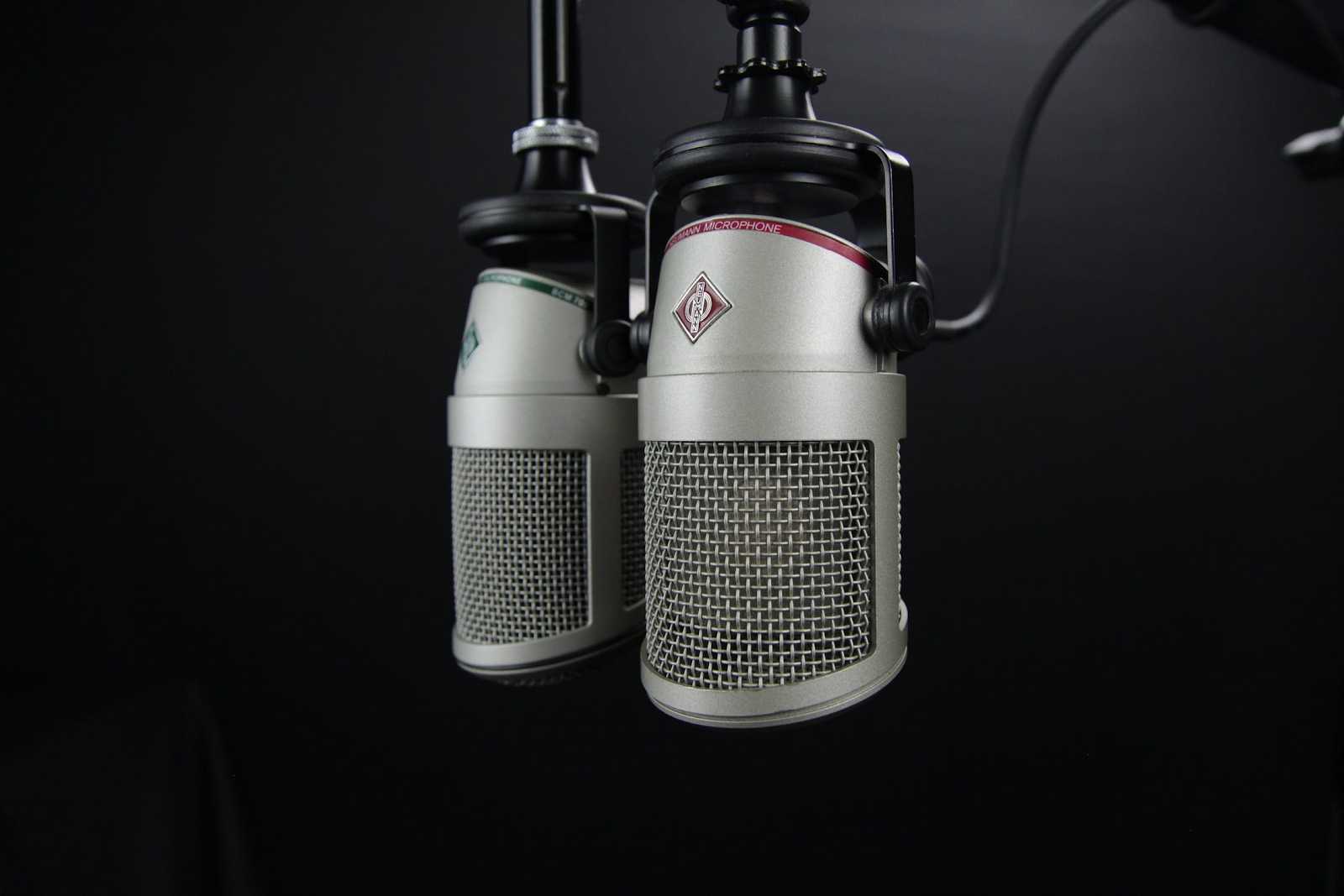Scott Westerman is a Florida resident with a Michigan background spanning radio, telecom sales, and publishing. Tech-savvy, Scott Westerman has an understanding of the steps necessary to attain cybersecurity in the personal realm. This can often be achieved through a combination of multi-factor authentication and by using randomly generated, 16-character passwords.
Unfortunately, hackers have their sights on passwords. In today’s evolving online matrix, many secure platforms are forgoing passwords altogether, or combining them with multifactor authentication (MFA) techniques involving facial mapping/recognition and biometrics. The multiple credentials involved help boost security. At the same time, while some of these technologies have been available for years, they are reaching a critical point where most new laptops and smart devices integrate biometrics.
Biometrics involves reading the user’s fingerprint or iris, or recognizing elements such as the voice, in tandem with texts or passwords. Because biometric qualities are inherently linked to the user, they are seen as a reliable re-authentication factor in situations where the user is verifying a new device or gets locked out of their account.


